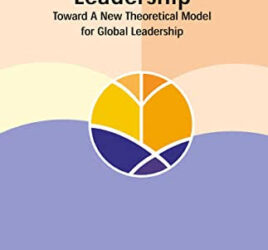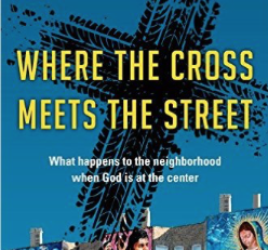Considered to be the Official Handbook of the Christian Community Development Association (CCDA), Restoring At-Risk Communities[1] provides all the basic principles and how-to’s needed to get a ministry started. Edited by John Perkins, the “father of Christian community development,” the book is a compilation of eleven chapters written by various CCDA experts, including Perkins himself. The book is divided into three parts: the foundations, the strategy, and the ministry of Christian community development.
This is the first book I have read coming from the legendary John Perkins. It was a privilege to meet him in Kuala Lumpur during a conference in 2014. Hearing him speak, the Southern Gospel culture permeated through his words, mannerisms and passion. It was a real joy to listen to the wisdom he has learned and earned the hard way. Starting his urban ministry in the South of the USA during the civil rights movement, Perkins has experienced all kinds of hardships and persecutions in an effort to help the least, last and lost. That makes what is presented in the book as very real, yet also very contextual.
For an international reader as myself, I found it difficult to filter through the race issues so prevalent in American inner cities. It seems that urban ministry in the USA is by definition an issue of race. To use the three R principles, community development in America means: Relocation from white suburbia to the black inner city; Reconciliation between blacks and whites (particularly within the Church); and Redistribution of resources from the wealthy whites to the impoverished blacks. Every example and story is colored by race issues. This is helpful for those working in US cities and similar contexts, but I must say that other American text books I have read go far beyond the racial divide.
In my city (Hanoi, Vietnam), race is not the issue. There is only one people group (the Viet Kinh) and there is no ghetto inner city which has been forsaken by the rich. The wealthy and the poor live in close proximity to each other throughout the city. Yet the principles are transferable. It is foundational that “Christian community development must address spiritual needs,” states Perkins. “[I]f we are not helping people find a relationship with Jesus Christ that leads to eternal life, then we are not meeting the true needs.”[2] Speaking from experience, Glen Kehrein states “that true Christian community development can be done only from a church base.”[3] Furthermore, the three R’s of Relocation, Reconciliation and Redistribution are still applicable, though in different measures.
Churches in Hanoi, which are primarily based in homes, are typically not community oriented while members are usually not from the neighborhood. For a house church to start a community development ministry, it may require for some church members to relocate to that community to increase its effectiveness. When looking at redistribution, investigating how to recycle wealth within the community through local businesses can lead to rewarding results. Reconciliation may have its primary focus on connecting people with God. I intent to explore further how to integrate these and other principles in my local context with the local churches.
By Jacob Bloemberg
[1] John Perkins, Restoring at-Risk Communities : Doing It Together and Doing It Right (Grand Rapids, Mich.: Baker Books, 1995).
[2] Ibid., 28-29.
[3] Ibid., 163.




